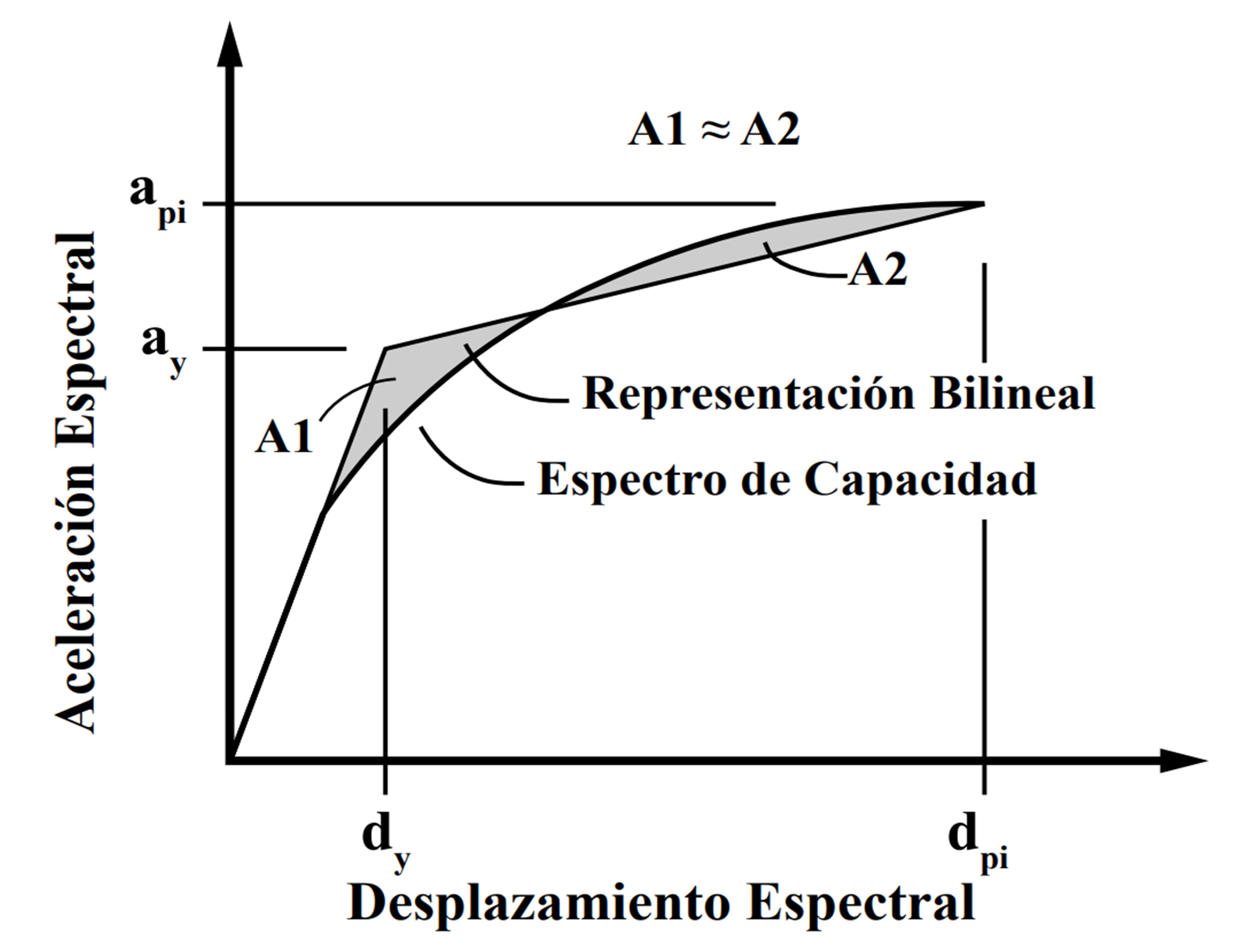Seismic Performance and Materials Quantities of Reinforced Concrete Frame Buildings Designed for Different Energy Dissipation Capacities
Desempeño Sísmico y Cantidades de Obra de Edificaciones Aporticadas de Concreto Reforzado Diseñadas para Diferentes Capacidades de Disipación de Energía


This work is licensed under a Creative Commons Attribution-NonCommercial-NoDerivatives 4.0 International License.
Copyright statement
The authors exclusively assign to the Universidad EIA, with the power to assign to third parties, all the exploitation rights that derive from the works that are accepted for publication in the Revista EIA, as well as in any product derived from it and, in in particular, those of reproduction, distribution, public communication (including interactive making available) and transformation (including adaptation, modification and, where appropriate, translation), for all types of exploitation (by way of example and not limitation : in paper, electronic, online, computer or audiovisual format, as well as in any other format, even for promotional or advertising purposes and / or for the production of derivative products), for a worldwide territorial scope and for the entire duration of the rights provided for in the current published text of the Intellectual Property Law. This assignment will be made by the authors without the right to any type of remuneration or compensation.
Consequently, the author may not publish or disseminate the works that are selected for publication in the Revista EIA, neither totally nor partially, nor authorize their publication to third parties, without the prior express authorization, requested and granted in writing, from the Univeridad EIA.
Show authors biography
The use of the Colombian seismic design and construction code requires the selection of an energy dissipation capacity (EDC) for the building that depends on the structural type and the seismic hazard at the site. This work investigates the effects on the materials quantities and the seismic behavior of reinforced concrete buildings due to the selection of an EDC superior to the minimum required for low and intermediate seismic regions. Twenty regular buildings with variations in bay lengths and height were designed according to the parameters and requirements for each EDC. Pushover analyses were performed to assess the potential seismic damage in a subset of those buildings. The results showed that the lowest amount of reinforcement in both seismic regions is obtained by selecting a moderate CDE, and that higher levels of seismic damage could occur when a CDE superior to the minimum is selected.
Article visits 1433 | PDF visits 808
Downloads
- Asociación Colombiana de Ingeniería Sísmica, AIS. (2010). Reglamento Colombiano de Construcción Sismo Resistente, NSR-10. Bogotá, D.C.
- Applied Technology Council, ATC. (1996). ATC-40: Seismic Evaluation and Retrofit of Concrete Buildings. Redwood, CA.
- American Society of Civil Engineers, ASCE. (2014). ASCE/SEI 41-13: Seismic Evaluation and Retrofit of Existing Buildings. Reston, Virginia.
- https://doi.org/10.1061/9780784412855
- Barraza-Martínez, J. (2019). Evaluación de la influencia del grado de disipación de energía escogido en el diseño de pórticos de concreto reforzado en zonas de amenaza sísmica baja e intermedia. Tesis de maestría. Escuela Colombiana de Ingeniería Julio Garavito, Bogotá.
- Benjumea, J.; Sotelo, F.; Celis C.; Chio G. (2017). Efecto del grado de capacidad de disipación de energía sísmica seleccionado en las cantidades de obra de muros de concreto reforzado. Revista Tecnura, 20(50).
- https://doi.org/10.14483/udistrital.jour.tecnura.2016.4.a01
- Chaparro Tarazona, A. C. (2017). Influencia de la capacidad de disipación de energía seleccionada en el comportamiento símico y costo de edificios aporticados de concreto reforzado localizados en zonas de amenaza sísmica baja e intermedia en Colombia (Tesis doctoral, Universidad Industrial de Santander, Escuela De Ing. Civil)
- Computers & Structures Inc, CSI. (2016). CSi Analysis Reference Manual for SAP2000, ETABS, SAFE and CSiBridge. Berkeley, CA.
- Mander, J. B.; Priestley, M. J. N.; Park, R. (1988). Theoretical Stress-Strain Model for Confined Concrete. Journal of Structural Engineering, 114(8), pp. 1804-1826. https://doi.org/10.1061/(asce)0733-9445(1988)114:8(1804)
- Moehle, J. (2015). Seismic Design of Reinforced Concrete Buildings. New York: McGraw-Hill Education.
- Prada, M.; Carrillo, J.; Gélvez, C. (2017). Variación de las cuantías de acero de refuerzo de muros de concreto para las categorías de disipación de energía definidas en NSR-10. Revista Ingenierías Universidad de Medellín, 16(30), pp. 29-47. https://doi.org/10.22395/rium.v16n30a2




